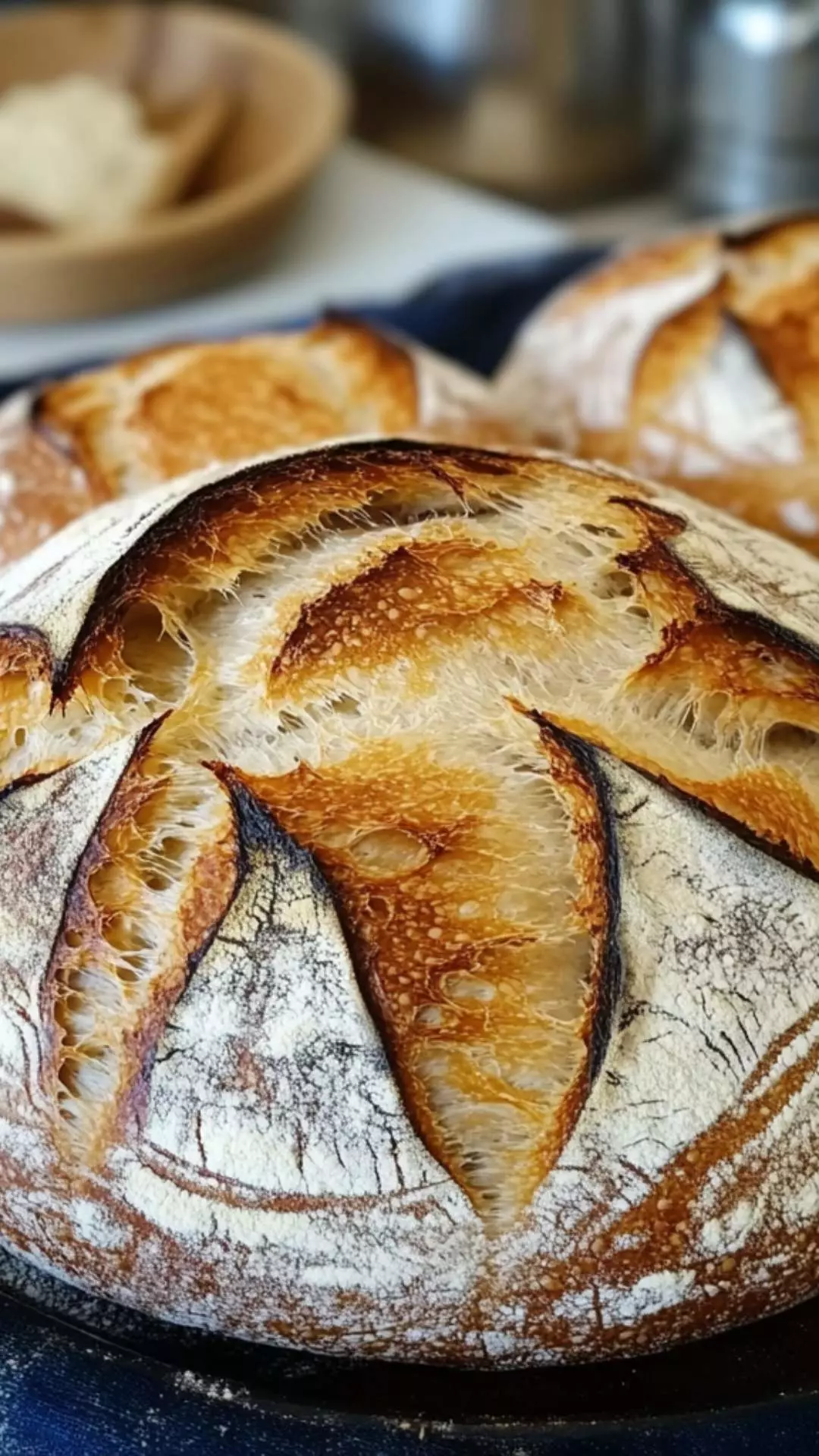Start by whisking together the flour and sea salt in a large bowl. In a separate bowl, stir together the water and sourdough culture until well combined. Slowly pour the wet mixture into the dry mixture, incorporating it with a spatula or your hands until no dry flour remains.
Transfer the dough to a lightly floured surface. Knead the dough for about 10 minutes, or until it becomes smooth and elastic. This step is crucial for gluten development. Don’t worry if it’s a bit sticky; you can sprinkle a little flour if necessary.
Shape the dough into a ball and place it in a lightly greased bowl. Cover it with a damp cloth or plastic wrap. Let it rise in a warm place for about 4 hours or until it has doubled in size. If you prefer, you can refrigerate the dough overnight during this step.
After the first rise, gently deflate the dough on a floured surface. Shape it into a round loaf by pulling the edges towards the center. Flip it over so the seam is on the bottom. Let it rest for 30 minutes.
Place your shaped dough in a proofing basket or on a floured parchment paper. Cover it loosely with a cloth and let it rise for another 2 hours.
About 30 minutes before you bake, preheat your oven to 485°F (250°C). If you have a baking stone, place it in the oven while it preheats. A Dutch oven also yields great results.
Once the oven is ready, carefully turn the dough out onto a piece of parchment paper. Using a sharp knife or a lame, score a shallow cut across the top. This allows the bread to expand while baking.
If using a Dutch oven, place the covered pot in the oven for the first 30 minutes. Remove the lid for the final 15 minutes to achieve a golden crust. If you’re using a baking stone, slide the parchment paper directly onto the stone. Bake for 45 minutes, or until the crust is golden brown.
Once baked, remove your bread from the oven and let it cool on a rack for at least an hour. This is essential for the crumb structure to set properly.
